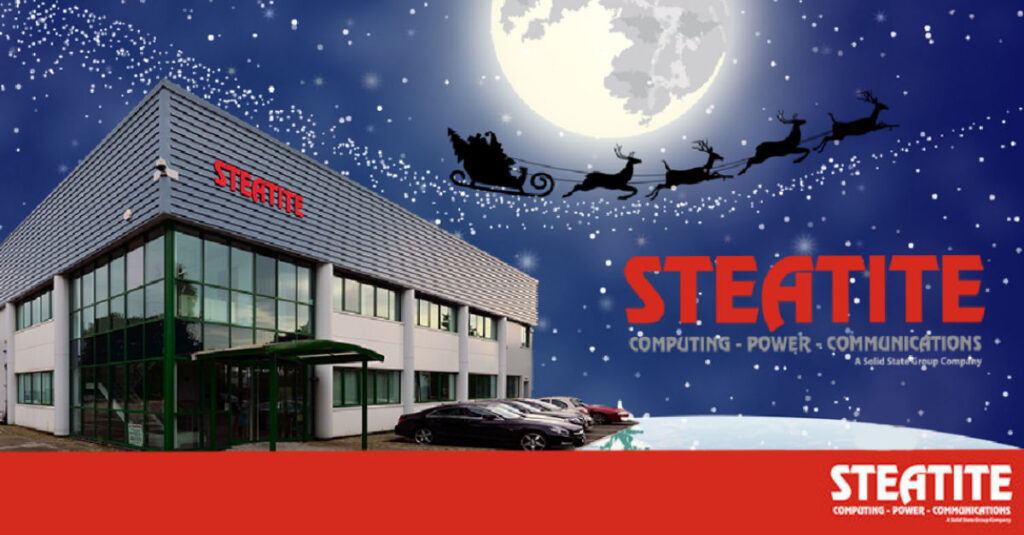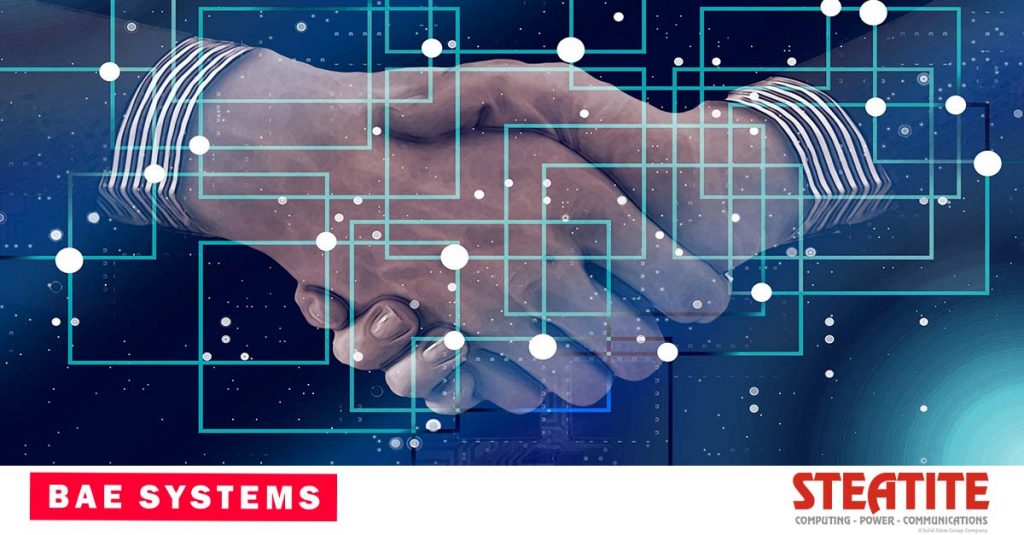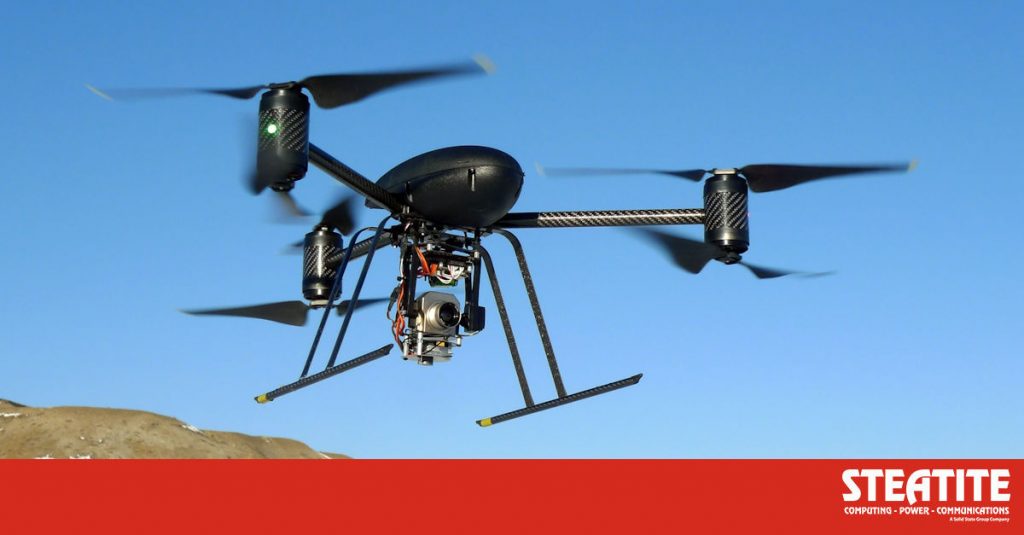
Solid State Plc, our parent company, has entered into a conditional agreement to acquire Custom Power LLC for a maximum consideration of $45.0m.
Custom Power is a battery systems manufacturer and energy solutions provider based near Los Angeles in the United States of America.
Commenting on the acquisition, Solid State Plc CEO Gary Marsh said: “After lengthy negotiations, we are delighted to be able to announce this very exciting news. This will be Solid State’s largest acquisition to date and brings huge benefits to the group as well as to Custom Power.”
Solid State’s strategy for expansion, through both organic growth and highly targeted acquisitions, is providing increased scale to the group’s capabilities in addition to providing access to lucrative markets that have historically had high barriers to entry.
The acquisition of Custom Power further builds upon this by bringing many benefits that are highly complementary to the group and in-line with the group’s strategic aims to internationalise the business, further develop its “our brand” product portfolio, broaden its complimentary product portfolio, and invest in developing its talent. In particular, the move will bring new and increased capabilities to the group’s power business, specifically within the defence, medical and industrial markets.
Mel Weis, CEO of Custom Power, commented: “This is an exciting move that will combine the battery power capabilities of Custom Power with those of Solid State Plc. allowing our customers access to highly customised power solutions on an international level. Both businesses are leaders in this field and together they will benefit from increased reach, resource and expertise. We are very much looking forward to joining the Solid State family and the opportunities that the increased scale will bring.”









